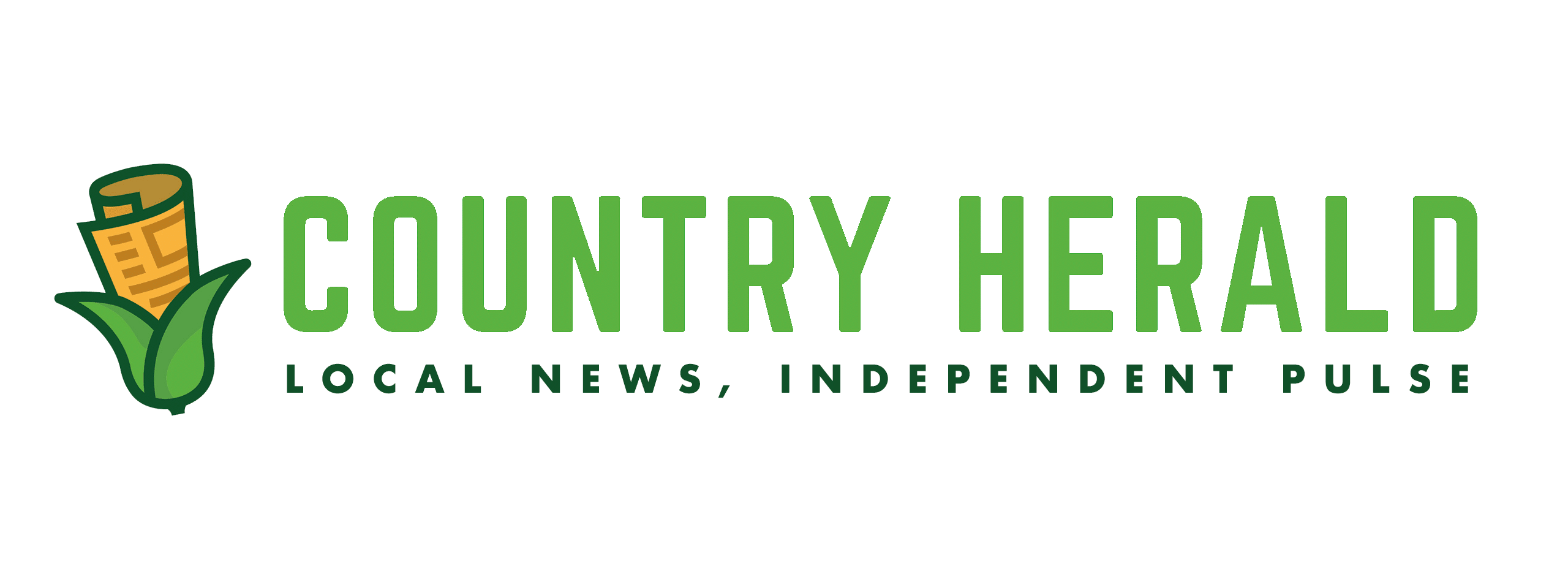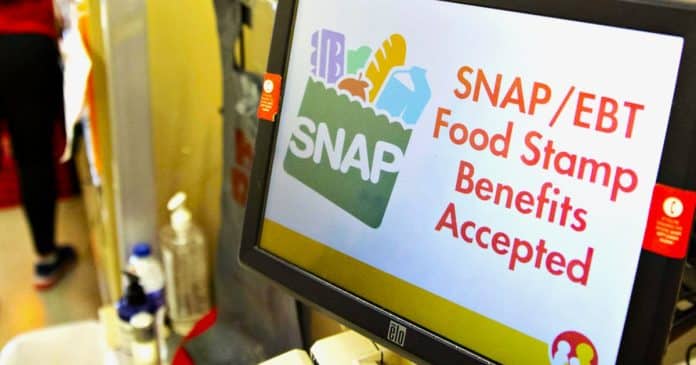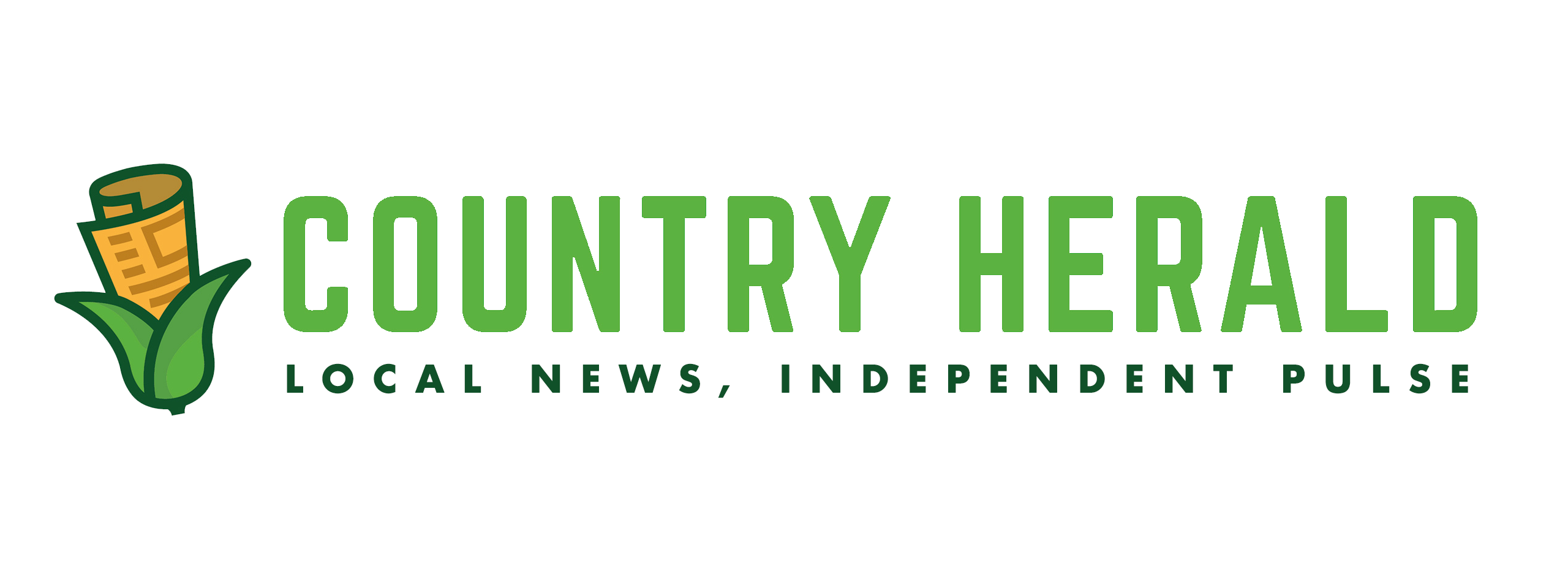Chicago, IL – As many as 12 million Americans could lose access to food assistance beginning next month, according to policy analysts and anti-hunger advocates tracking federal changes to the Supplemental Nutrition Assistance Program (SNAP). The sweeping cuts, scheduled to take effect November 1, have prompted warnings that the United States could soon face its largest food-access crisis in decades.
The new federal rules, part of the “Big Beautiful Bill” signed by President Donald Trump earlier this year, impose stricter eligibility and reporting requirements on SNAP recipients. State agencies across the Midwest — where participation in the program remains high — are struggling to update systems and verify cases before the deadline. Many local officials have said the timeline set by the Department of Agriculture is unrealistic and could lead to widespread errors or delays in benefits.
“This rollout is happening too fast for states to manage,” said a spokesperson for the Illinois Department of Human Services. “Families who rely on SNAP could see their accounts disrupted, not because they did anything wrong, but because the systems won’t be ready.”
Millions at Risk as Rules Tighten
Under the new guidelines, work requirements will expand and exemptions for older adults will shrink, reducing the age threshold for relief from 65 to 64. Single adults without dependents face additional documentation requirements that must be updated every 30 days. Analysts say the combined changes could cut off as many as one in four recipients across some states, many of whom are already working low-wage jobs or living on fixed incomes.
The Congressional Budget Office estimates that up to 12 million Americans could lose benefits in the first year, including nearly 3 million across the Midwest. The heaviest impacts are expected in Illinois, Indiana, Michigan, and Ohio — states where both participation rates and food costs remain high.
Local Food Banks Brace for Impact
Food pantries and mutual aid networks are preparing for a surge in demand. In Chicago, the Greater Chicago Food Depository has already begun expanding warehouse capacity and adding volunteer shifts ahead of the cutoff date.
“People are scared,” said a volunteer coordinator this week. “They’re stocking up now, not knowing if their cards will reload after November 1. We haven’t seen this level of anxiety since the start of the pandemic.”
Similar reports are coming from Detroit, St. Louis, and Des Moines, where community organizations say food requests have increased sharply since the rule changes were announced.
Economic and Policy Fallout
Economists warn that the SNAP cuts could ripple through the economy, particularly in rural and working-class areas. SNAP benefits generate more than $1.50 in local spending for every dollar distributed, according to USDA research. Reduced aid could therefore hurt grocery stores, small retailers, and local tax revenues — all while food prices remain at record highs, in part due to persistent inflation and the impact of ongoing tariffs that have raised the cost of imported goods and agricultural supplies.
Uncertain Path Ahead
The Trump administration has defended the changes as a way to “promote work and self-reliance” while reducing federal spending. But state leaders, including some Republicans, have urged the White House to delay implementation, citing concerns that agencies and technology systems are not yet prepared.
Advocacy groups continue to lobby Congress for an emergency extension or court injunction to postpone the rule changes. Without intervention, the first wave of benefit suspensions could begin within days of the November 1 deadline.
For millions of Americans, particularly in the Midwest, the issue is no longer about politics or policy — it’s about putting food on the table as winter approaches.





